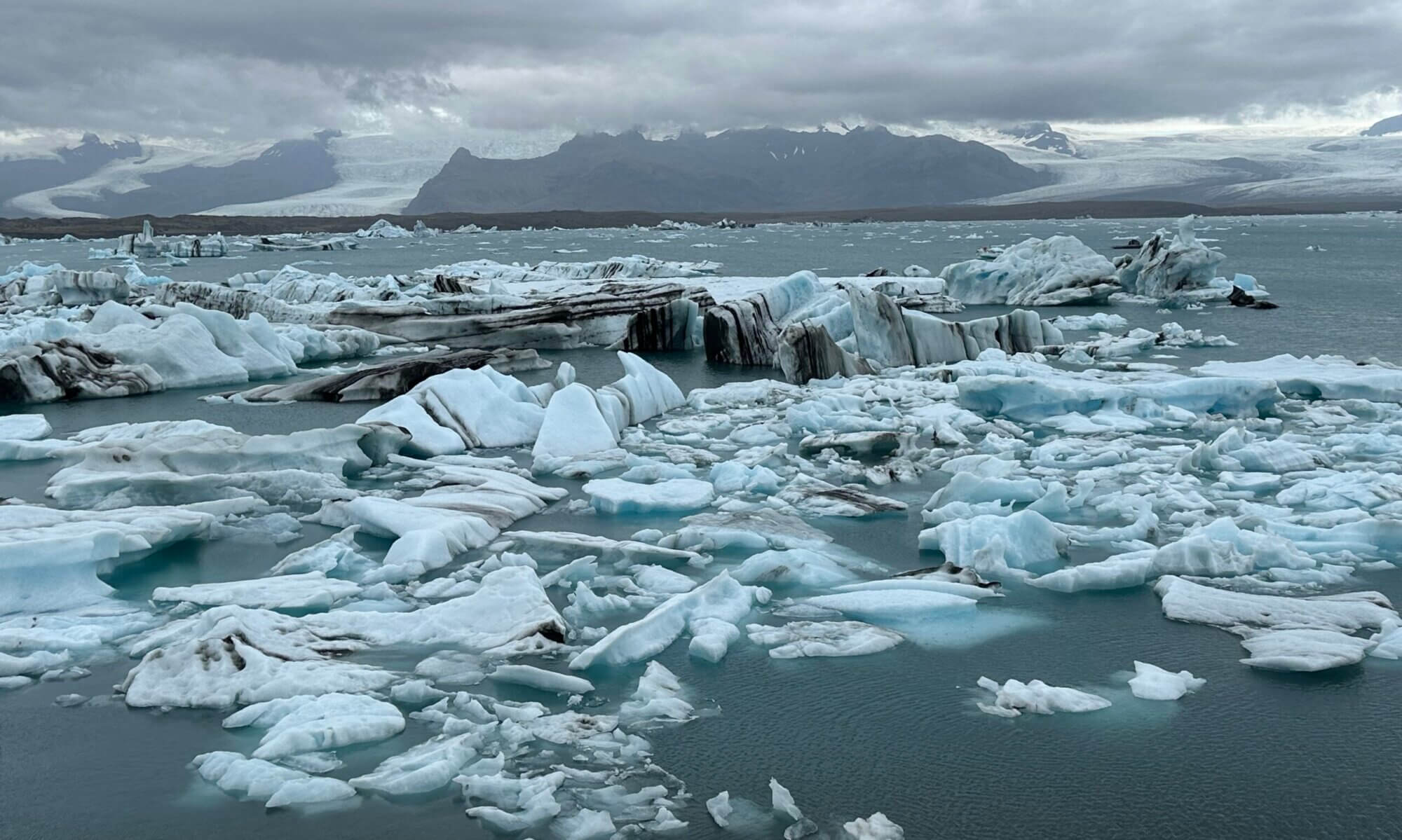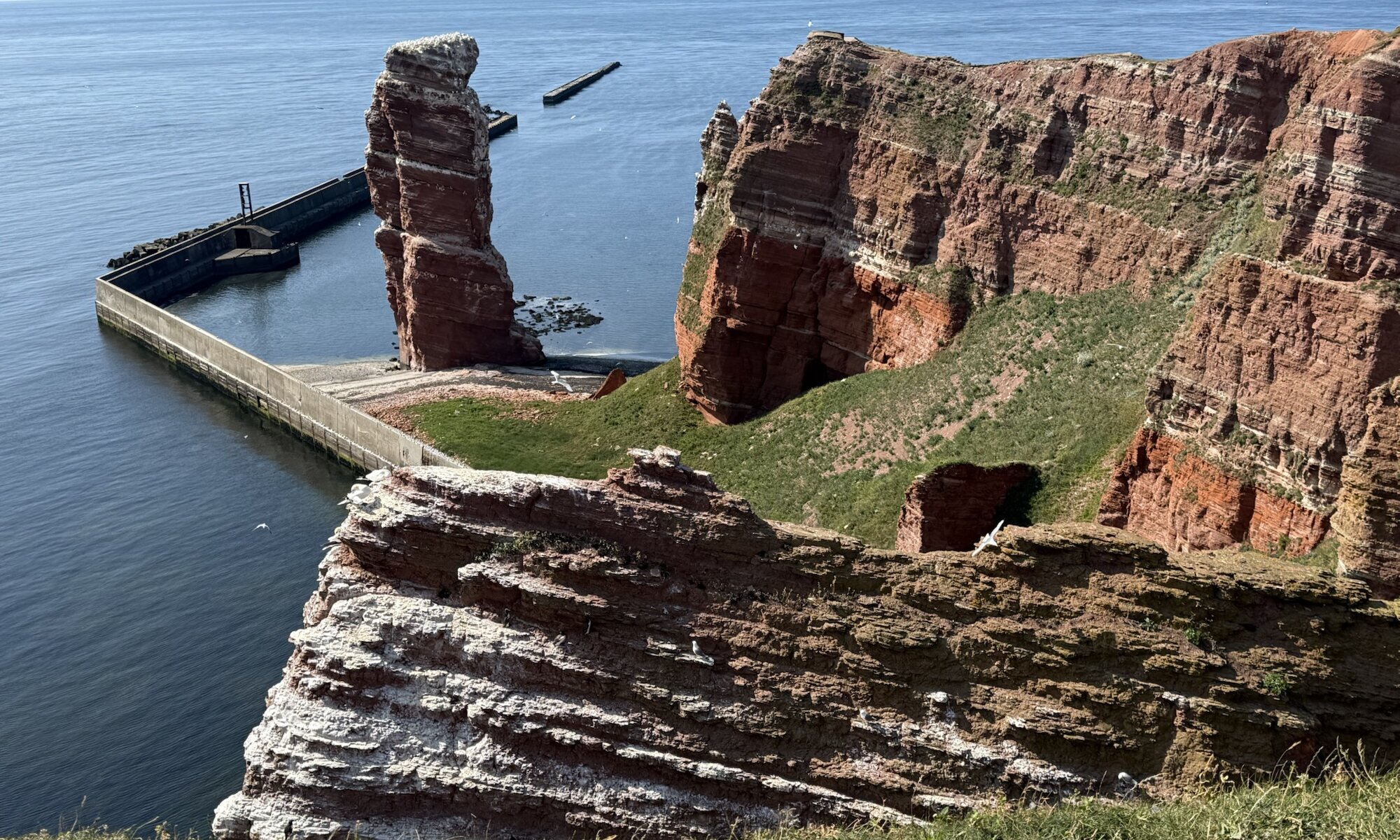Helgoland, Germany’s only high-sea island, has a rich and turbulent history shaped by its strategic location in the North Sea. Originally inhabited since prehistoric times, the island belonged to Denmark for centuries before passing to the United Kingdom in 1807 and finally to Germany in 1890 through the Heligoland-Zanzibar Treaty. Since 1932, Helgoland has been part of the Landkreis Pinneberg in Schleswig-Holstein, a unique administrative arrangement that ensures efficient governance despite its distance from the mainland. Pinneberg was selected as it is close to Hamburg, which has the best connection to the island.
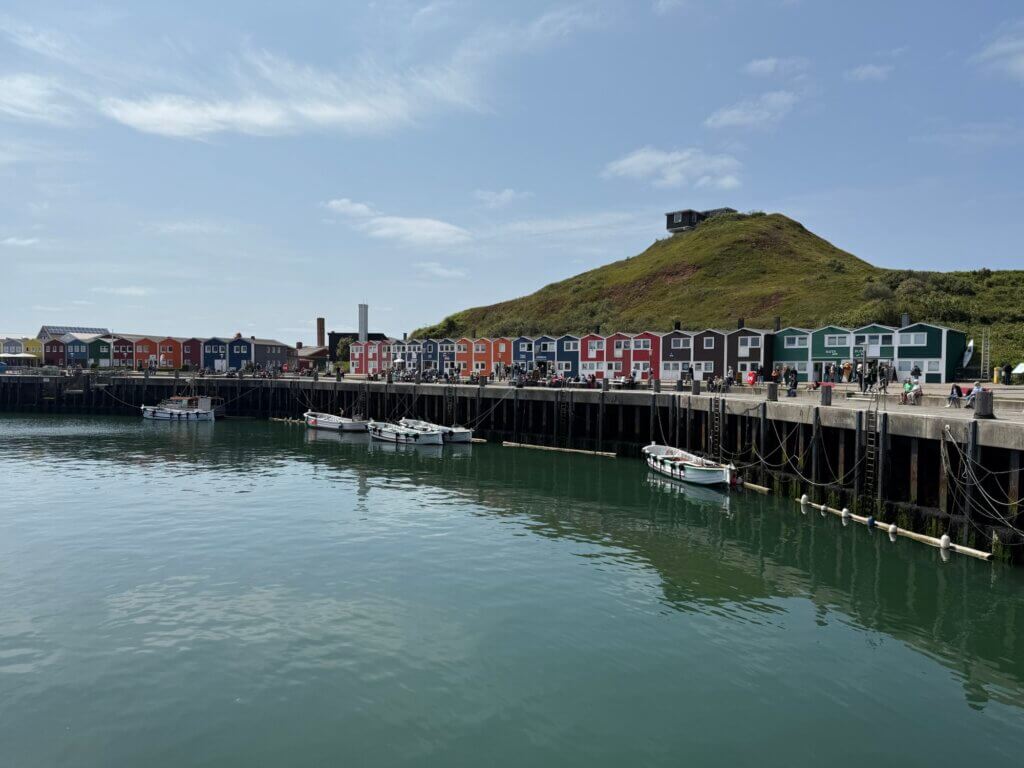
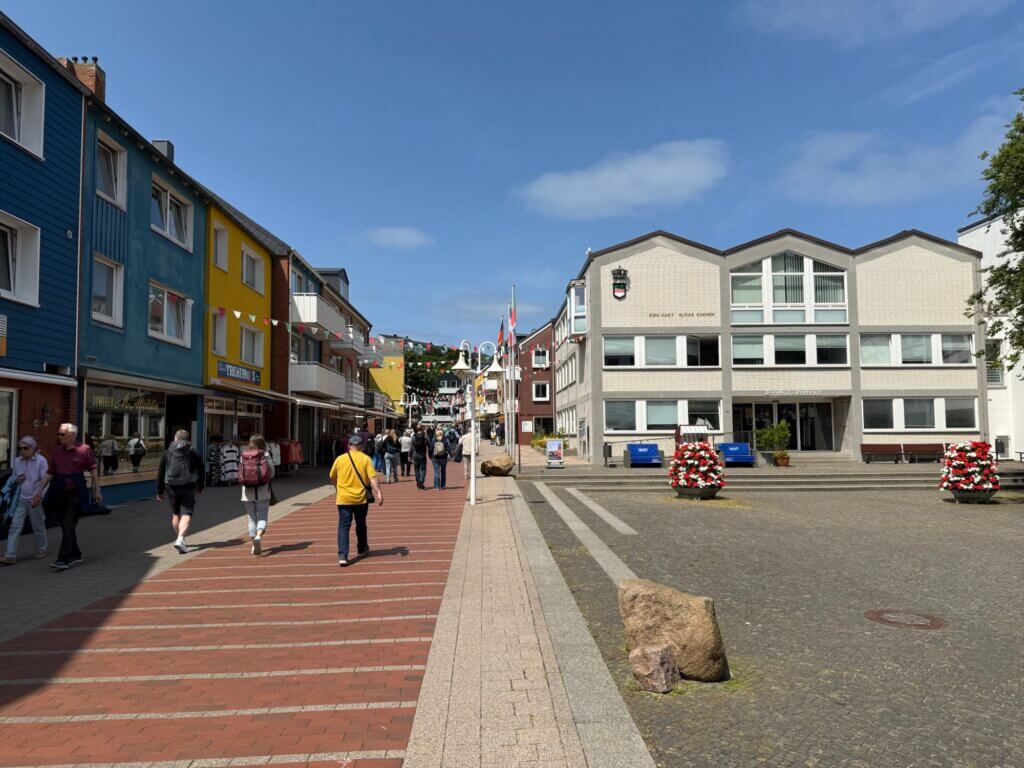
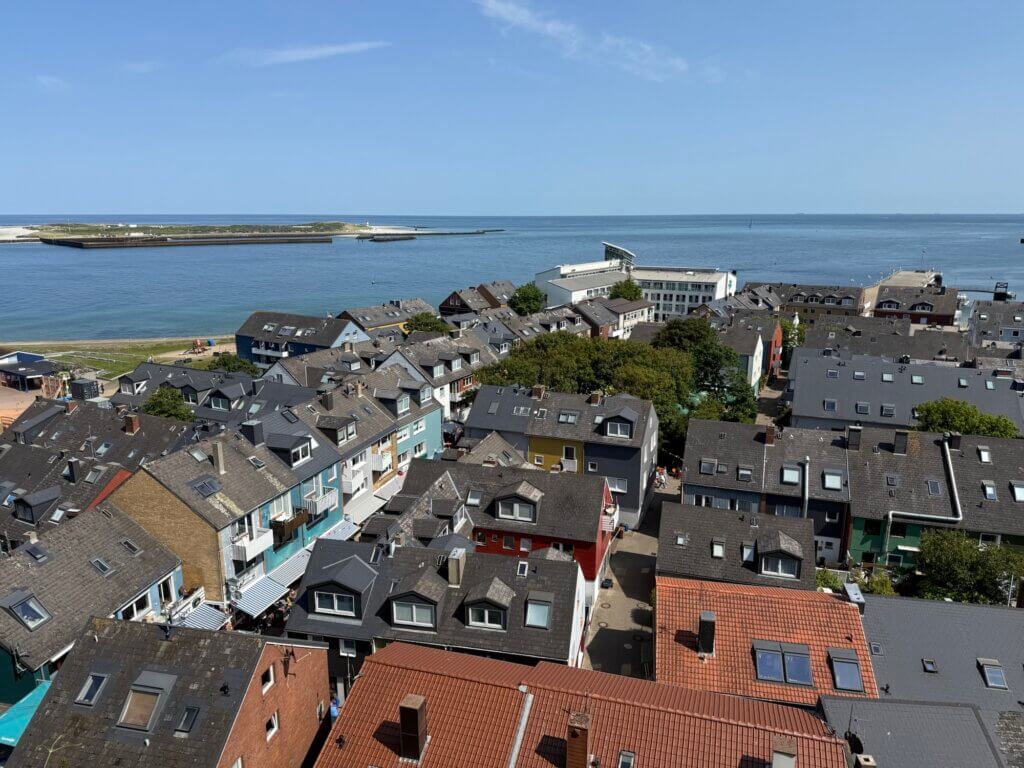
A visit to Helgoland would not be complete without seeing its most famous natural monument: the Lange Anna, known in Halunder (the local Frisian dialect) as Nathuurn Stak. This striking 47-meter-tall red sandstone sea stack stands at the northwest tip of the island and is a symbol of Helgoland’s rugged beauty. While climbing is forbidden due to the fragile rock, the Lange Anna can be admired from the nearby cliffs along the Klippenrandweg, a spectacular clifftop path that circles the Oberland. Walking this route rewards visitors with breathtaking views from up to 60 meters above the sea and the chance to spot seabirds nesting on the cliffs.
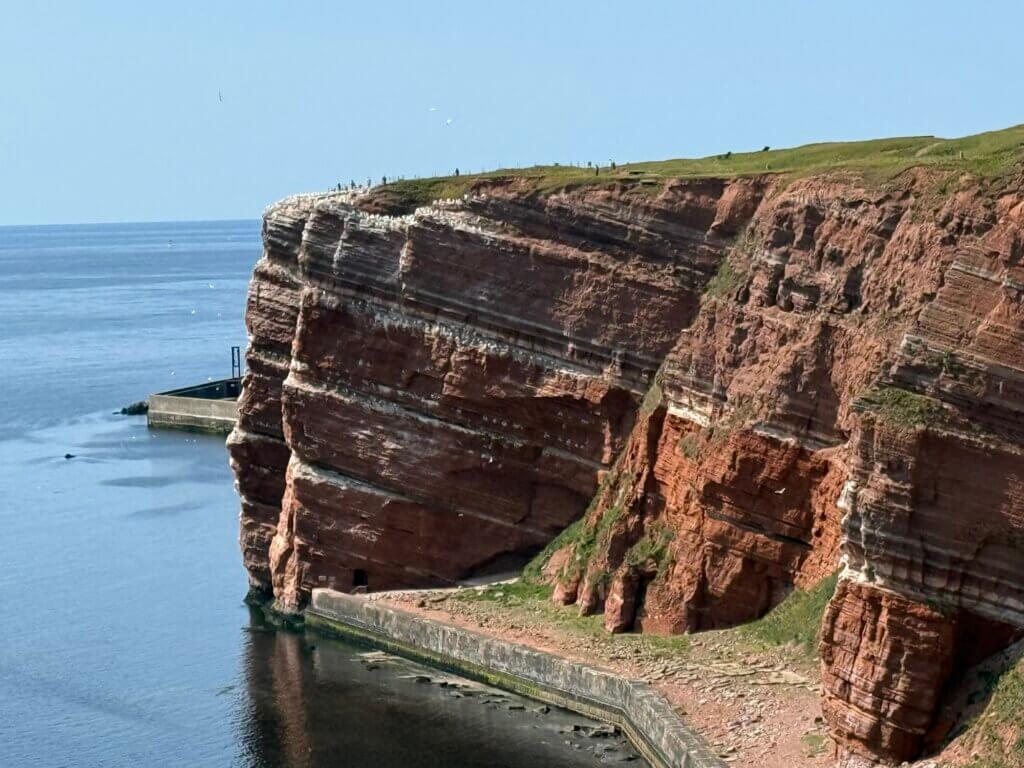
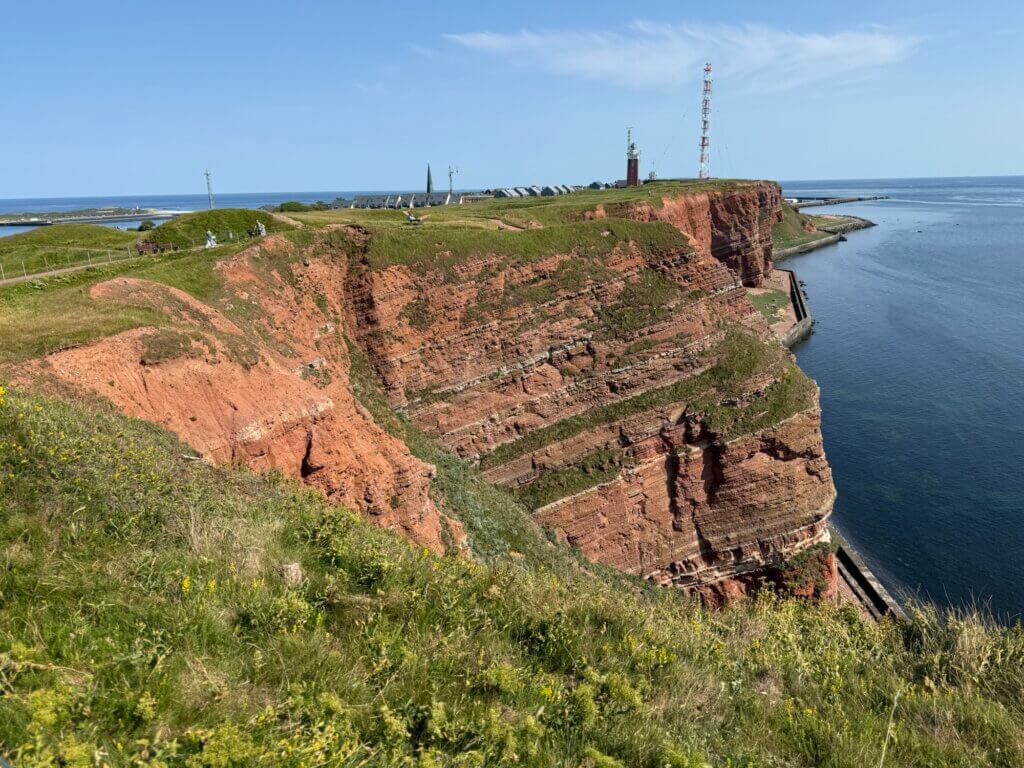

For those interested in Helgoland’s story, the Museum Helgoland offers an engaging journey through the island’s natural and cultural history. The museum features exhibits on geology, the island’s wartime past – including a history bunker (accessible next to the elevator to the Oberland) – and its post-war reconstruction. Outside, the museum courtyard is dotted with historic exhibits and colorful lobster huts, or Hummerbuden, just like those which you can find near the harbor. They were once fishermen’s workshops and now house small shops, galleries, and cafes, adding vibrant character to the harbor area.
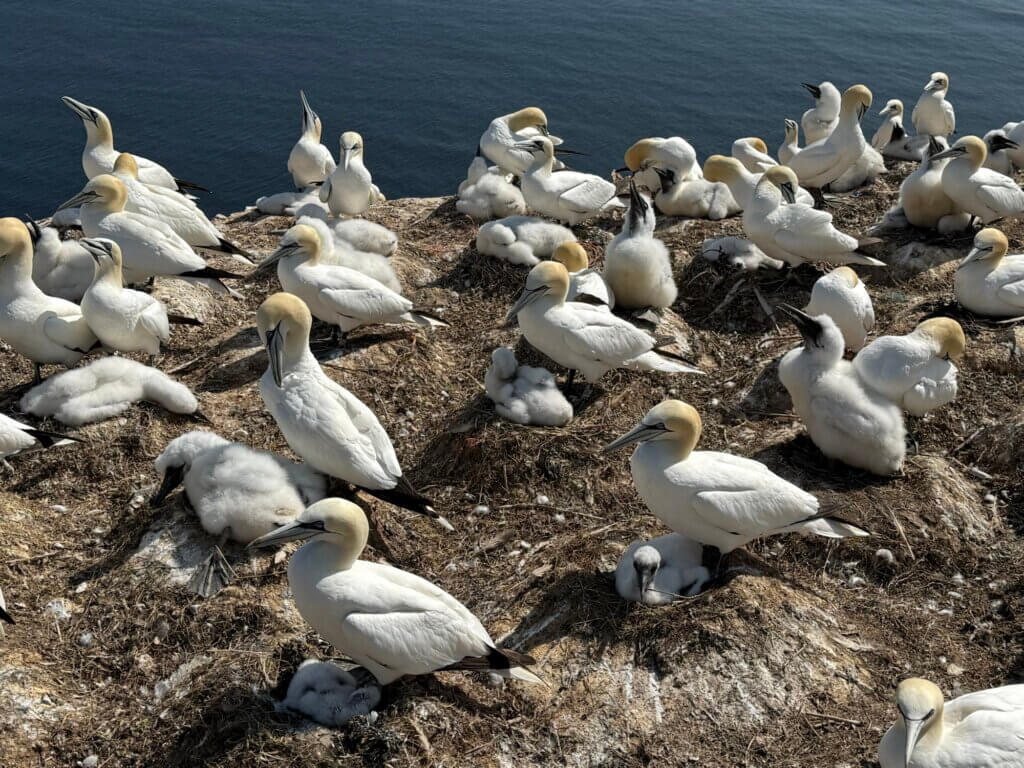
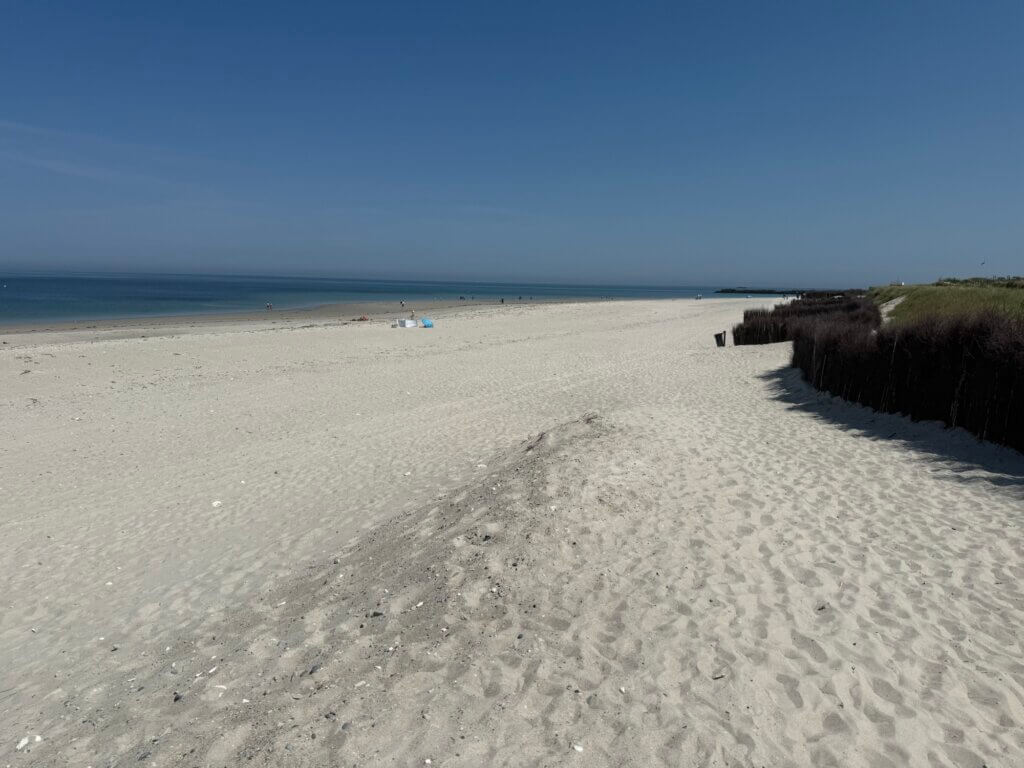
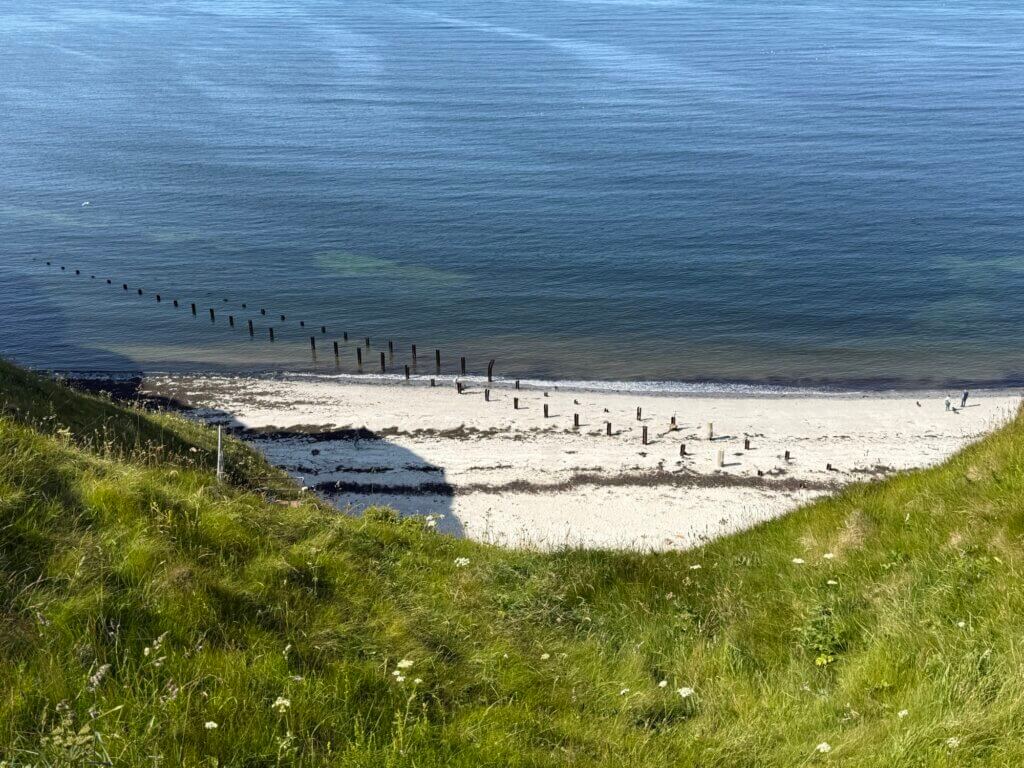
Just across the water lies the Düne, a smaller neighboring island known for its sandy beaches and wildlife. Here, visitors can explore the Friedhof der Namenlosen (Cemetery of the Nameless), a poignant site commemorating unknown sailors washed ashore, and watch seals playing in the water or relaxing on the beach. On Helgoland you can enjoy tax-free shopping, the island is outside the EU customs zone. This unique status allows for significant savings on goods like spirits, perfumes, and electronics, making the island a popular destination for bargain hunters.

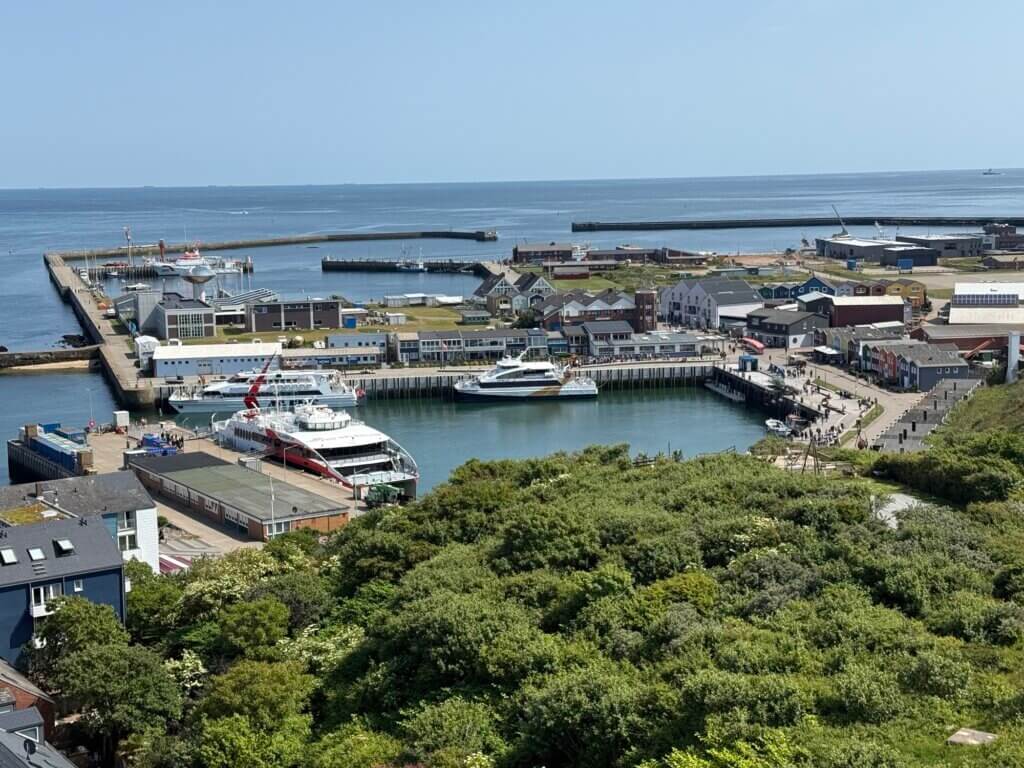
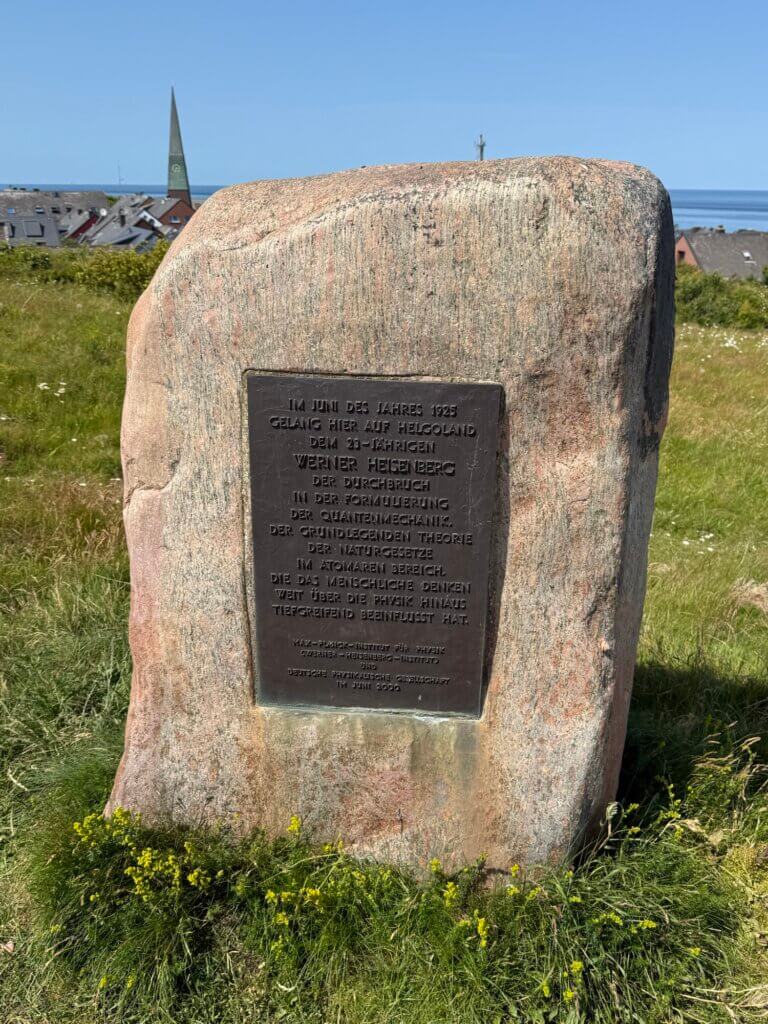
Helgoland has inspired many notable figures, including Hoffmann von Fallersleben, who wrote parts of the German national anthem while staying on the island (and is buried at Corvey), and Nobel laureate Werner Heisenberg, who developed key concepts of quantum mechanics during a retreat here. Their legacies add a layer of cultural depth to Helgoland, making it not just a place of natural wonders, but also of historical and intellectual significance. Be aware that on board and in many places on the island you can’t pay by card – better bring more cash than usually.
Helgoland
Germany
Loading map...

